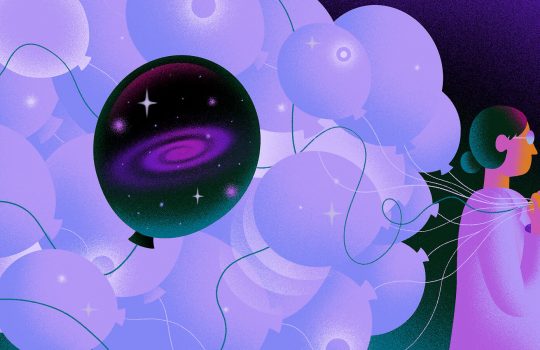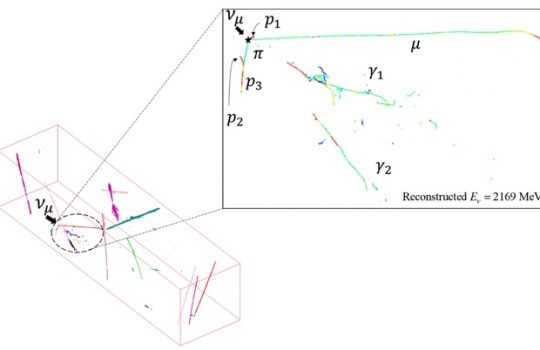A hunt for sterile neutrinos could unlock deep cosmic secrets
From Scientific American, Dec. 26, 2023
To determine whether sterile neutrinos exist, researchers at Fermilab have constructed two new detectors as part of the Short-Baseline Neutrino (SBN) Program that they hope will resolve the situation once and for all.




